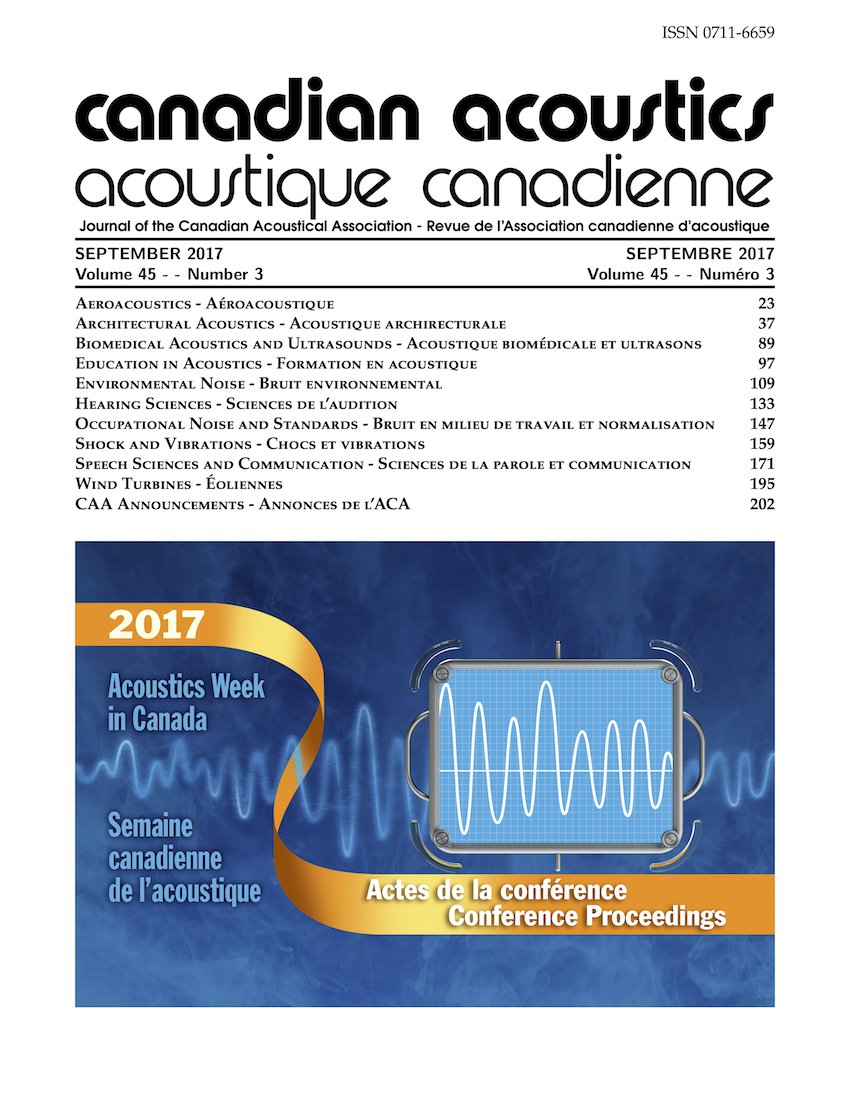Using generative design principles to optimize the acoustic quality of a meeting room
Abstract
Architecture is now designed virtually as computers have replaced traditional drafting boards. This computational space affords building designers the ability to generate numerous design options and evaluate these using performance simulation. In contrast to traditional design, where the designer directly explores the solution space, generative design involves the use of automated techniques and systems in order to refine and complete the design task. This study investigates the potentials of generative design for the optimisation of the acoustic qualities of meeting rooms. An existing meeting room is used as a case study for the generative design process. Sound quality is of critical importance in meeting rooms where clear speech communication is essential. In particular, rooms intended for speech benefit from strong early reflections of sound, low reverberation time, and low signal-to-background noise (Bradley 2003, Bradley and Yang 2009). There exists a material palette of many types of acoustic surface – absorbers, reflectors, and diffusers – and placed in different configurations these will produce different acoustic conditions. Through the organization of acoustic surfaces the acoustic qualities of rooms can be tuned (Peters 2015). Though the predominant method of acoustic control in meeting rooms and offices makes use of absorbers and reflectors, it has been suggested that diffusors may promote speech intelligibility and perception of listener envelopment (D’Antonio and Cox 2000). A recent study has shown that diffusers were beneficial in classrooms for enhancing the early arriving reflections at more distant positions and creating more uniform sound conditions (Choi 2013). In the described experiments, digital 3D models are generated in CAD through computational procedures, and these virtual 3D models are then evaluated using acoustic simulation routines. With a particular focus on rooms for speech, the described experiments study what acoustic surface configurations provide better acoustic performance. Beyond absorptive and reflective surfaces this paper investigates sound diffusing panels –how much diffusion is necessary for meeting rooms, and where to put diffusers
Published
How to Cite
Issue
Section
License
Author Licensing Addendum
This Licensing Addendum ("Addendum") is entered into between the undersigned Author(s) and Canadian Acoustics journal published by the Canadian Acoustical Association (hereinafter referred to as the "Publisher"). The Author(s) and the Publisher agree as follows:
-
Retained Rights: The Author(s) retain(s) the following rights:
- The right to reproduce, distribute, and publicly display the Work on the Author's personal website or the website of the Author's institution.
- The right to use the Work in the Author's teaching activities and presentations.
- The right to include the Work in a compilation for the Author's personal use, not for sale.
-
Grant of License: The Author(s) grant(s) to the Publisher a worldwide exclusive license to publish, reproduce, distribute, and display the Work in Canadian Acoustics and any other formats and media deemed appropriate by the Publisher.
-
Attribution: The Publisher agrees to include proper attribution to the Author(s) in all publications and reproductions of the Work.
-
No Conflict: This Addendum is intended to be in harmony with, and not in conflict with, the terms and conditions of the original agreement entered into between the Author(s) and the Publisher.
-
Copyright Clause: Copyright on articles is held by the Author(s). The corresponding Author has the right to grant on behalf of all Authors and does grant on behalf of all Authors, a worldwide exclusive license to the Publisher and its licensees in perpetuity, in all forms, formats, and media (whether known now or created in the future), including but not limited to the rights to publish, reproduce, distribute, display, store, translate, create adaptations, reprints, include within collections, and create summaries, extracts, and/or abstracts of the Contribution.


